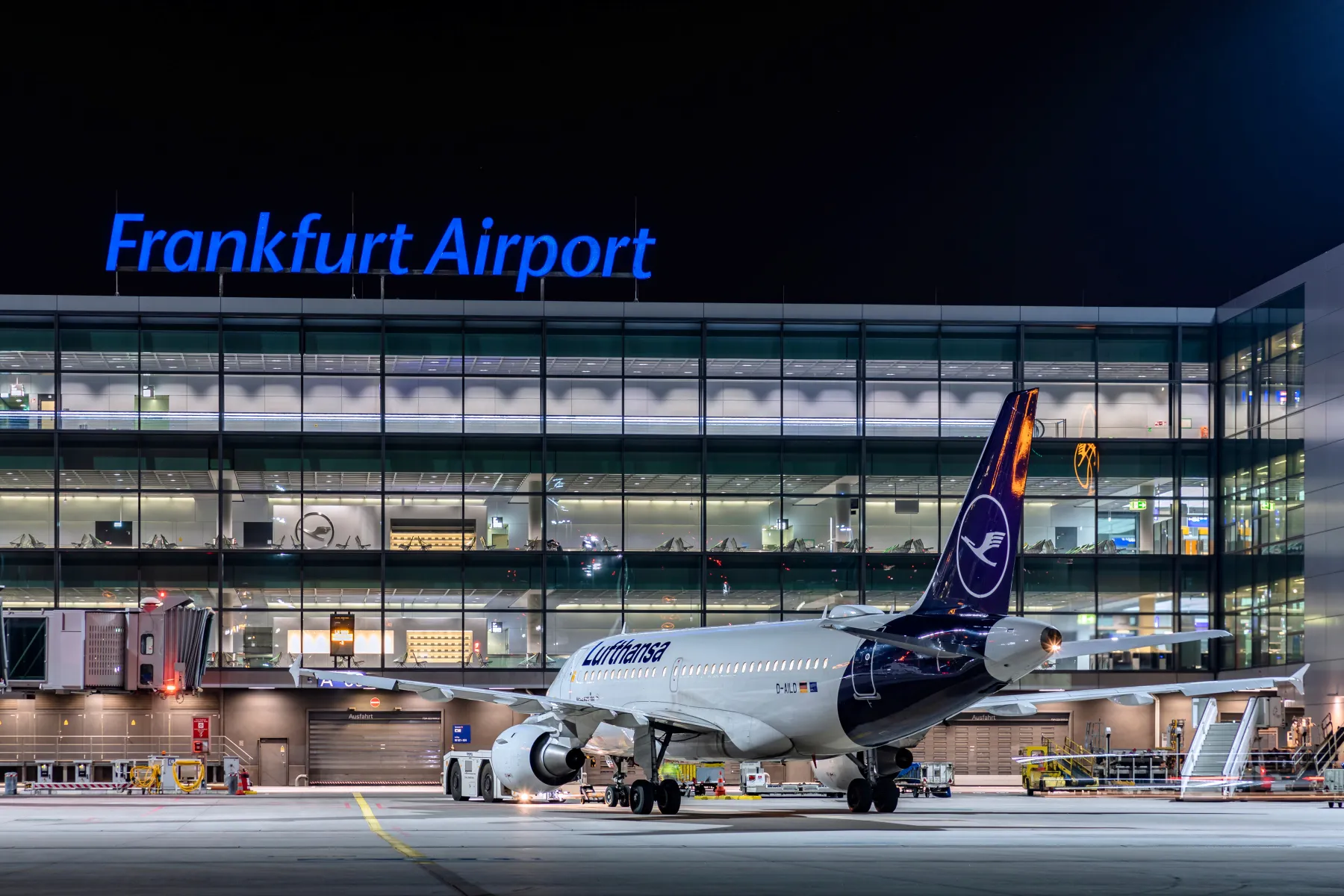Interview: Silvercar CEO on Evolving With Shifts in Customer Behavior

Skift Take
Since its launch in 2012, Silvercar has taken a different path than the major car rental players.
By offering one premium car, the Audi A4, and allowing travelers to rent a vehicle using a mobile app, Silvercar anticipated the ways that shifting consumer behavior would disrupt ground transportation in recent years. Instead of going after the mass market with a wide variety of cars and locations, Silvercar simplified the process for upscale vacationers and business travelers.
Audi acquired Silvercar in 2017, a sign of the shifting dynamics as automakers become more like technology companies that create their own digital platforms to serve consumers. Silvercar has now expanded to 18 locations across the U.S. and offers the Audi Q5 SUV as a second vehicle option.
According to Silvercar CEO Luke Schneider, who joined the company after serving as chief technology officer for Zipcar, the wider ground transportation ecosystem has evolved to remove the biggest pain points for travelers.
Skift spoke to Schneider about the digital evolution of ground transportation for consumers and business travelers.
Skift: Silvercar has been around for a while, and has steadily expanded across the U.S. over that period. Why do you think the concept has resonated with a group of travelers when they have so many other options?
Luke Schneider: The interesting thing about everything that's happened in the last year and is going to happen this year is that it all followed on a pretty logical vector from where we started the company.
About six years ago, we got together and began putting the Silvercar concept in place and building it. But it was really about two things. [Uncertainty] has plagued the industry for years. You never know what you're gonna get when you rent a car. And then you have to go through what we call the hassle; long lines and dot matrix printers and upsells and fuel plans and insurance prices and everything else. It just makes the experience miserable. Combine that with when you walk out and find a purple PT Cruiser in your spot, which is one more reason to be underwhelmed.
So we made it real simple, right? Southwest Airlines meets the car rental industry. You always know what you're gonna get, because you're always getting an Audi A4 in silver, and the entire experience is mobile, so you can basically bypass all of those lines and all the miserable parts of the hassle.
Skift: How do you think about the divide between leisure and business travelers, then?
Schneider: The travel industry segments lots and lots of things, right? You get that question every time you book a flight. Is this a business or a pleasure trip?
In car rental it's a little more low-brow, usually. Meaning you look at your weekday rentals, five weekdays versus weekend rentals, and that's kind of how they view their business versus leisure divide.
And what we found was that our utilization, even a typical car rental company, one of the big three, is a bell curve almost. It's really heavy during the week and then it sort of, the lots get jammed up with cars on the weekend, because everybody brings them back or they're so business-focused. In ours, we're always been very level across the week, in terms of utilization of the fleet. And that indicated to us early on that "Gosh, we do have a nice [mix] piece of business and leisure," and that's been a key growth element for us.
If you're dealing with wildly fluctuating utilization, then it's really hard to build a business. But if you've got versatility there, then you've got a lot of things to build and market on.
Skift: So people are using Silvercar whenever they need to rent a car, for whatever reason, and not just when they're traveling for work.
Schneider: Our business and leisure customers are largely the same people. They're not distinctly different groups of people, where somebody only uses it for business or somebody only uses it for leisure. And a lot of times ... There's a word for it, and you'll probably know better than I do. Which is where you add a day to your business trip as sort of a leisure day that you piggy-back on the back of a ... There a pithy word for it, it escapes me right now.
Skift: Everyone calls it bleisure. Which is a terrible, terrible term, but everyone uses it for some reason. I don't know why.
Schneider: Exactly. And because of pricing, it's actually quite reasonable on a value basis. You look at the car you're getting, as well as how it's equipped with WI-FI, satellite radio, the in-dash nav and calls you while you drive and whatever else. At $59 to $89 bucks a day, it's a pretty decent value.
And then, if people say "I'm gonna stick around for another day and that might involve a driving trip," it makes all the sense in the world to get a car that you are going to enjoy being in and not try to figure out how to turn that Toyota Yaris into a touring mobile.
So that's how we look at the divide, finding the same people. The demographics have always shared uniting threads, too. We find that interesting. They love all the brands that you'd imagine, Lululemon and Starbucks and Whole Foods and those types of premium brands. But [they also have] characteristics like interest in social justice, a common vein among our users.
Skift: Another thing you did differently was go mobile-first from the beginning. Now all the car rental players are in catch-up mode. How has your strategy evolved over time?
Schneider: We thought mobile-first and we built the mobile app without really anything else. Where a lot of companies have an existing business, and then they have an initiative where they're saying "We need to digitalize that business," it's sort of like we're gonna map the old domain into the new domain using our quote "Digital initiative." But digital is actually infused in everything we do.
If you think about it for a minute, what we've actually built as a company isn't simply the app part of this. We built hardware that goes into cars, and the apps that people use to reserve and schedule those cars, as well as the technology that our own people use to administer the execution of those cars. And by doing that we create bigger opportunities for ourselves. So rather than simply mapping a digital experience onto the traditional experience, we've created a platform that allows us to deliver it in many other different flavors. And that seems to be what the real trend is with travelers.
There are an infinite number of use cases for cars. Some are business, some are leisure, some vacation, some are holiday summer road trips, some are weddings. And what the digital platform does with us in enable this first use case, which is for traditional car rental, but now with the Audi acquisition, it's allowing us to expend the portfolio of ways that people consume this category of personal transportation. Historically divided into rentals, ownership, car sharing, ride sharing, whatever.
One of the big reasons Audi decided this was an acquisition they wanted to make last year, and since they're a car maker, they're faced with this decision about where is this all going, and how do people want to consume their product going forward? And if it winds up looking more like Spotify where you buy what you want, pay for what you use, you do it on your phone. Or Amazon Prime or any other consumer model in any other category, then a technology like Silvercar, the digital technology which goes all the way down to the asset vehicle level, is pretty exciting.
Skift: So as you look to the future, with the backing of Audi, what opportunities are there for Silvercar to evolve?
Schneider: How do you deliver a premium consumer experience for transportation?
We have a very optimistic view of the future, and we think that there's a convergence coming. A few things can give that convergence. One is primarily consumers. Consumers dictate what the providers are going to provide. If customers want to consume transportation more easily, more seamlessly, then we need to focus on that and make our core vector of differentiation.
Some of the things we look at for the future are getting together a larger set of services using this common ecosystem we founded on the current model. At the end of the day, for any transportation experience, you need vehicles, you need technology to distribute, and you need operations to move physical assets around. And we've got those now. And we've brought in the financing and insurance components. Audi has really helped with that.
And I think that what you're really going to see over the next 10, 20 years, 30 years, some new and different business models that will arrive, and others that will decline.
Skift: What about the reality that most people have widely adopted ridesharing in recent years, while carsharing has fallen off in popularity?
Schneider: Carsharing, as you mentioned, is a really good example and I was the CTO at Zipcar before Silvercar. Carsharing emerged in 1999 as an idea. It rose to predominance, peaked around 2010 or 2011, and is being displaced in urban centers by rideshare, because it's so much more convenient and easier. That's consumer technology and logistics operations making use of the assets that are already in use.
And that's a really good example of what's gonna happen with lots of different things. Rideshare itself is going to change as soon as autonomous vehicles hit a level 5 status, and it's going dramatically change how that business model. The most important thing is will [companies[ be able to make money at it?
So the trick for us is that all these technology providers try to get smarter cars and assets, and all these asset guys like Audi or VW or GM or Ford try to get smarter on technology. Because that's how people want to consume their products going forward.




